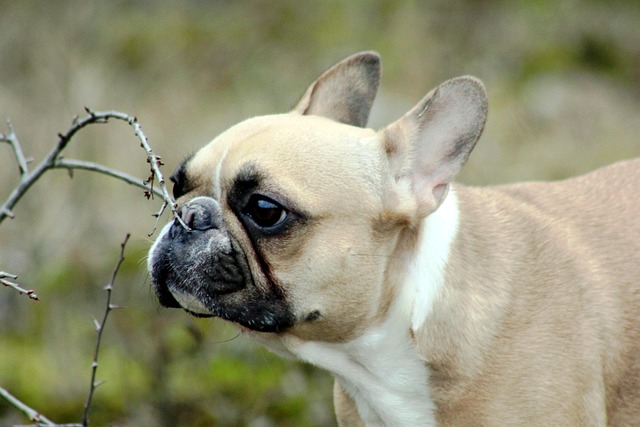
How do i train my dog to be obedient?
Watching your dog dart across the park ignoring your calls isn’t just frustrating—it can put them at risk near busy streets or public spaces.
German Shepherds thrive on purpose—their sharp minds and boundless energy demand more than basic commands. The key lies in building a partnership rooted in trust, not dominance. Start young, but don’t panic if you’re working with an adult; these dogs adapt when shown consistent patterns.
Begin with 10-minute daily sessions focused on core cues: sit, stay, come. Use high-value rewards—think bits of grilled chicken or their favorite tug toy. Timing matters: praise the second they comply, not a second later. In cities like Berlin or Denver, where leash laws are strict, mastering "heel" prevents tangles with cyclists and keeps everyone safe.
Socialization isn’t optional. Expose them to kids, other dogs, and loud noises like garbage trucks before 16 weeks old. A well-socialized GSD in London won’t flinch at crowded tube stations; one in rural Texas will stay calm around farm animals. Check local ordinances—some areas require muzzles in public for large breeds, even if trained.
Obedience training should evolve into mental challenges. Hide treats in the yard for them to find, or teach them to fetch specific items like your keys. These tasks tap into their herding instincts and prevent boredom, which leads to destructive chewing. In apartment settings, puzzle toys filled with peanut butter work wonders during long workdays.
 Consistency is non-negotiable. If one family member allows jumping on the couch but another scolds it, the dog gets confused. Set clear rules and stick to them. Use positive reinforcement—never punishment. A harsh word or physical correction can break their trust, making future training nearly impossible.
Consistency is non-negotiable. If one family member allows jumping on the couch but another scolds it, the dog gets confused. Set clear rules and stick to them. Use positive reinforcement—never punishment. A harsh word or physical correction can break their trust, making future training nearly impossible.
Remember, GSDs are loyal to a fault. They’ll protect your home fiercely, but that instinct needs guidance. Enroll in a local protection training class certified by organizations like the American Kennel Club—this teaches them to distinguish between real threats and the mailman. Many European countries mandate such training for guard dogs to reduce public incidents.
End each session on a high note, with a game of fetch or a belly rub. This reinforces that training is fun, not a chore. Over time, you’ll notice their eagerness to learn—those bright eyes watching your every move, waiting for the next challenge. That’s the mark of a well-trained German Shepherd: confident, focused, and deeply connected to their person.
Always check your region’s laws on dog training methods. Some places ban shock collars or prong collars, while others require liability insurance for certain breeds. Staying compliant keeps your dog safe and avoids fines. After all, the best training in the world means nothing if it lands you on the wrong side of local regulations.

Watching your dog dart across the park ignoring your calls isn’t just frustrating—it can put them at risk near busy streets or public spaces.

New puppy owners often find themselves rushing to clean up accidents before they set in, and that’s where puppy pad training becomes a game-changer.

If you've noticed your dog's waistline disappearing and your veterinarian has mentioned those few extra pounds, your first instinct might be to simply reduce the amount of food in their bowl.

Training a dog to use a designated spot indoors isn’t as daunting as many new owners fear, but it does take consistency and an understanding of your pet’s needs.

That moment of dread on a walk is all too familiar for many new dog owners. You see another dog approaching down the sidewalk of your neighborhood

If the sight of another dog on your neighborhood walk makes your heart sink as your own dog erupts into a frenzy of barking and lunging, you're not alone.